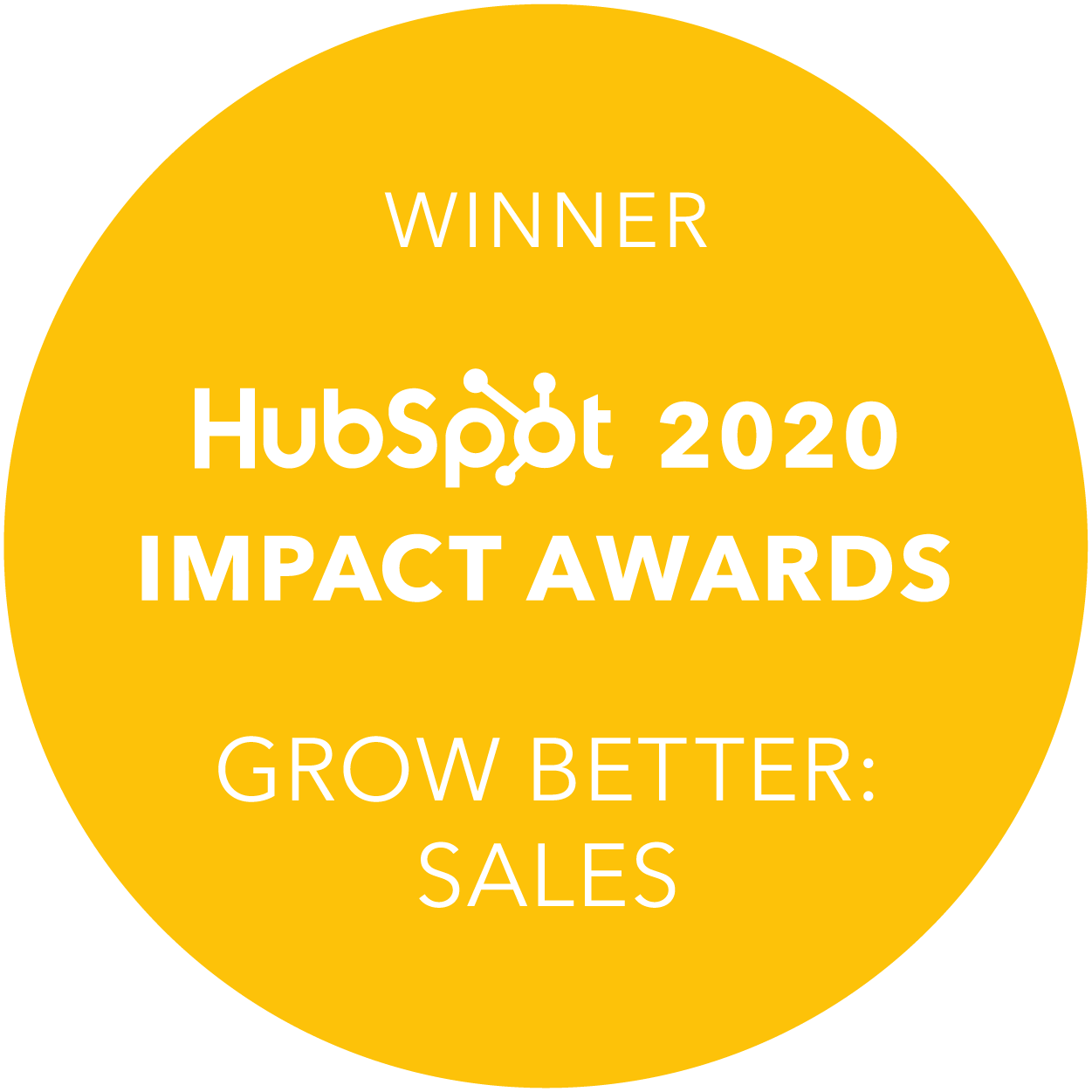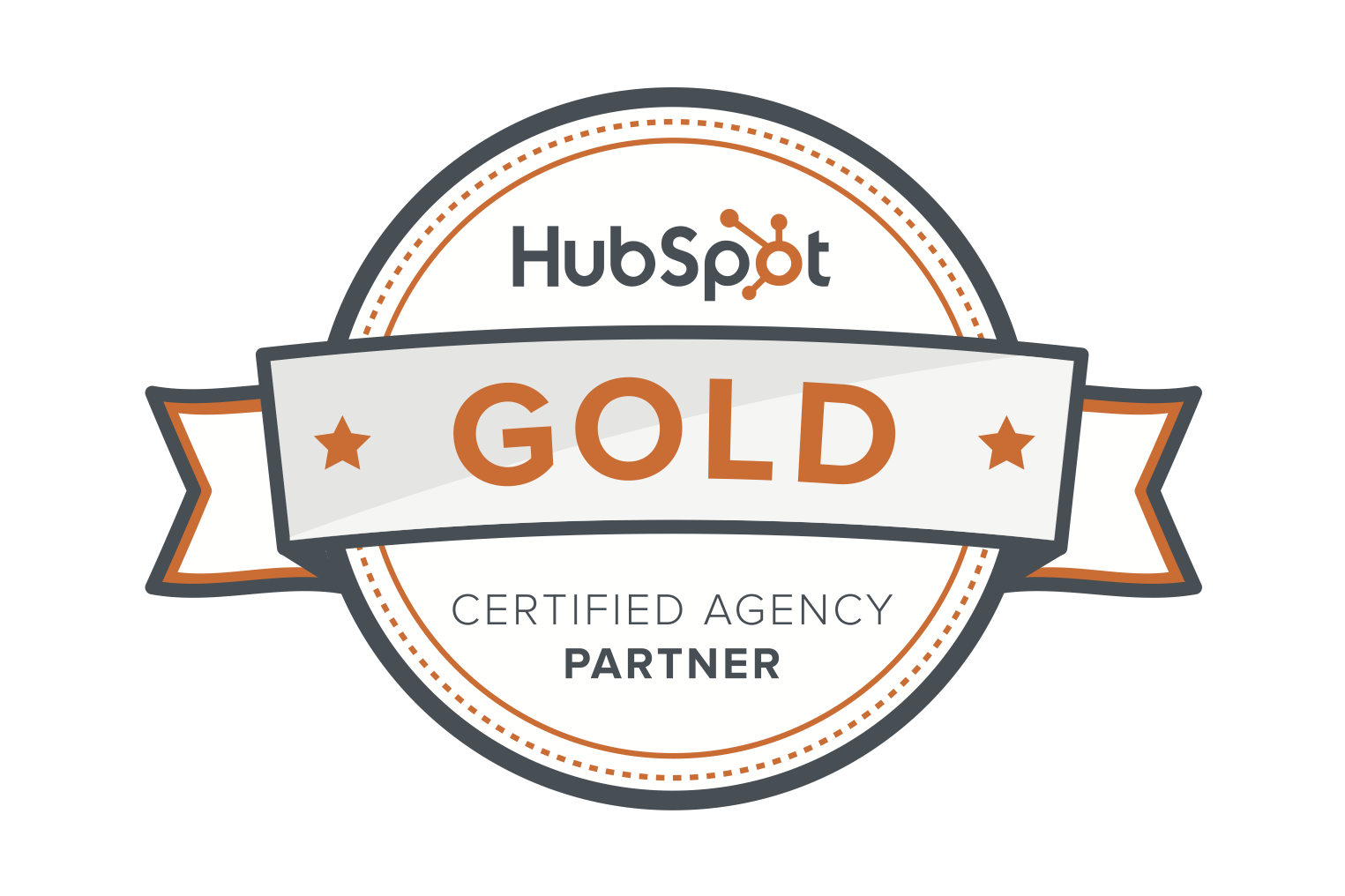Automation is rife. Self service checkouts have replaced cashiers, robots are working alongside humans in warehouses, and smart banking just got smarter with machine learning. It’s clear, many growing industries are seeing big-scale human displacement of tasks and jobs.
But what do all of these industries have in common? They leverage automation to increase operational efficiency and grow revenue faster. And if there’s one industry that knows about revenue, it’s marketing.
Welcome to 2018, where marketing automation is necessary for business growth and essential for generating new leads, which according to HubSpot’s 2017 State of Inbound report, was cited as this years top marketing priority (55%). Today’s marketers know that buyers are conducting more of their research online, and they want their website to be the place that they land when doing so.
What is marketing automation?
Marketing automation is the use of software to deliver personalised messages to customers and leads. The software allows you to create a dynamic series of messages to send to your contacts. The message a person receives is decided by factors you specify, like what their spending habits are, where they are in the buying process, and past interactions they’ve had with your site.

Why the need for marketing automation?
A successful content marketing strategy will only take you so far. Sure, you might be jumping up and down at the increased volume of incoming leads. But eventually, it’s going to start filling your customer relationship management (CRM) system with a lot more contacts. Unless you’ve got oodles of staff with buckets of time on their hands to manage and nurture each lead, you’re going to have a pretty tough time trying to keep up. Ultimately, your opportunity will exceed your capacity. That’s why you need to automate the process with intelligent data-driven actions so that sales and marketing teams can do their jobs more effectively and are able to reach their goals.
As a marketer, you know the majority of these new leads won’t be sales-ready. Someone subscribing to your newsletter or registering for your next webinar doesn’t mean that they’re ready to buy. Far from it in fact. HubSpot reported that buyers are often more than 70% of their way through the sales cycle before they are ready to interact with a sales rep. Reaching out to them with your sales pitch when their interest in your business has only just begun is like hissing at a cat, you’re only going to scare them off.
But you already know that right? That’s why you plan to let your content do the talking... But then what? Are you going to just sit and wait, hoping that your content happens to somehow perfectly align with wherever your new subscriber may be in the sales cycle? Surely not?
Without the help of a smart automated process, you won’t be able to consistently deliver content that’s tailored to a person’s needs and interests. It’s crucial to always be in the right place at the right time for the right person as this helps you to build stronger relationships with your prospects, which, in turn, can help increase conversions and revenue.

The benefits of using marketing automation:
1) Streamline your operations
One of the biggest benefits of marketing automation is that it helps sales and marketing teams work more efficiently. People love personalised content; sending out personalised emails generates six times more revenue than sending non-personalised emails. But manually sending out customised messages to contacts simply isn’t practical. With HubSpot, you can Automate your email campaigns. This allows you to move prospects further down the funnel and generate more qualified leads. This takes away the mundane and repetitive work that goes into delivering personalised content, giving sales and marketing professionals more time to focus on things that are more interesting and challenging.
2) You in the shoes of your buyer, 24/7
By now you’re aware how important understanding your buyer personas is in order to target prospects effectively. You’ve spent time getting to know them and putting yourself in their shoes. The last thing you want to do now is take those shoes off! Marketing automation makes this simple, by allowing you to figure out where people are in the conversion process.
3) Your marketing crystal ball
Not only does marketing automation make it easier to deliver messages, it makes it easier to figure out where people are in the conversion process. With HubSpot, you can create sophisticated, targeted workflows without the headache, and give every contact in your database the attention they deserve. Having a lead scoring feature will help you to quickly identify which leads are the most sales-ready.
Since workflows are part of HubSpot’s fully integrated marketing platform, you’ll also have the tools to grow and replenish your database as contacts naturally drop off your list over time. Whether you’re building simple follow-up campaigns or complex, multi-stage journeys with multiple branches, you’ll be able to use specific details from your contacts database or CRM to target the right prospects with the content that they want to eat up all day long.
4) Convert leads with marketing cruise control
One of the most common reasons why businesses consider using marketing automation in the first place is because they want to improve their conversion rates and revenues. Marketing automation is a way to encourage customers to stay engaged longer, making it more likely they’ll stick around long enough to convert. On average, companies that use marketing automation have 53% higher conversion rates and an annual revenue growth rate 3.1% higher compared to companies that don’t.
For products and services with longer conversion cycles, marketing automation can also help speed up the process. In one example cited by VentureHarbour, Thomson Reuters was able to reduce their conversion time by 72% by using marketing automation software. Best practices for marketing automation messaging Get to the point
Best Practices for marketing automation messaging
Get to the point: Patience is a virtue, except when it comes to consuming marketing messages. People simply won’t be bothered to spend time working out what you want to say. Make your point quickly and make it clear. People just want to know what’s in it for them. How would your product or service solve their problem? What’s unique about what you’re offering?
Keep it active: By implementing marketing automation strategies, you’re trying to keep people engaged. Therefore, your messages should be written in an active tone and encourage recipients to take some kind of action, whether it’s downloading a whitepaper, reading a blog post, watching a video, or making a purchase.
Remember where people are in the process: Don’t forget that some types of content will be more appealing than others depending on where a person is in the conversion funnel. People who are just starting to learn more about a company or product are not going to be happy if they get hit with a hard sell, but highly promotional content could potentially be effective on someone further down in the conversion funnel.

Avoid looking spammy: When used correctly, marketing automation is not spam. But don’t give your contacts the wrong impression. Certain things will always look spammy, such as typing in all capital letters, overusing the colour red, and using too many links in the body of the message. If you’re going to use symbols in your subject lines or messages, don’t use too many of them. Avoid using words known to trigger spam filters.
Subject lines need to be accurate and not misleading: Companies that send marketing messages through email need to provide a physical mailing address. (PO box addresses are allowed.) You also need to provide an unsubscribe option in all messages and make sure all opt-out requests are honoured as soon as possible.
Hone your list: Bigger isn’t always better when it comes to contact lists. One of the key goals for marketing automation is to get your message to precisely the right people. Pay close attention to your metrics so you know who your most qualified leads are and get rid of the ones who aren’t responding anymore. You’re better off with a smaller list of highly qualified leads than with a large list of contacts who don’t care. If it’s been months since a person last opened a message from you, just remove them from your list and focus more on the leads who are more interested.
Conclusion
Everybody likes automation. It opens doors for us, makes us coffee and in a matter of years, it will be driving us from A-Z. In essence, automation makes life easier. So why wouldn’t you want to bring this efficiency to your marketing and sales teams? When you replace repetitive manual processes with automated solutions, you begin to streamline you operational efficiency, which, in turn, helps you grow revenue faster. Dedicating labour intensive tasks to HubSpot will help you target prospects with greater accuracy and efficacy, ensuring your prospects are getting the right content at the right time all day long.

.png?width=200&height=67&name=RevM%20Digital%20Marketing%20Agency%20Woking%20Surrey%20(1).png)







